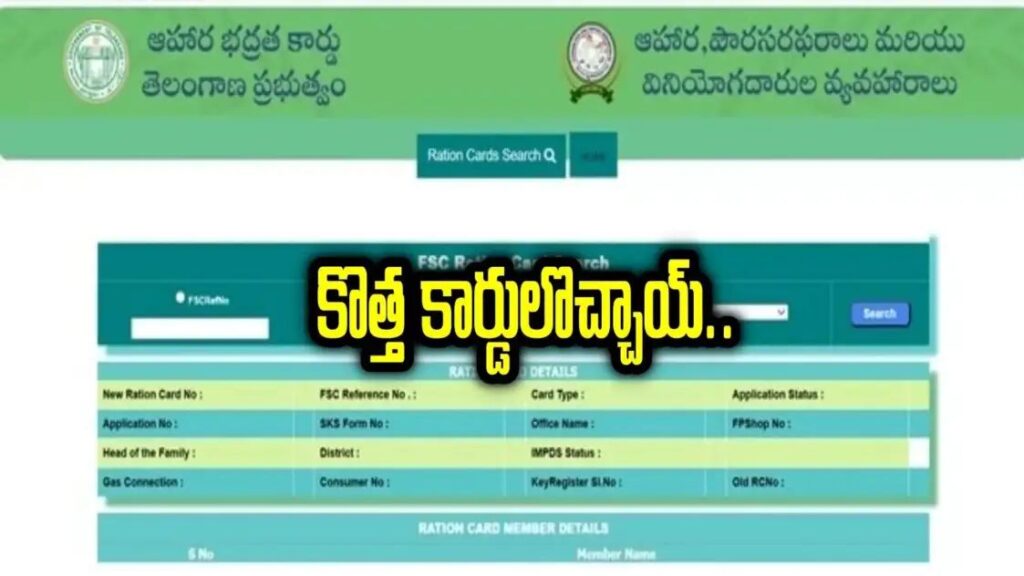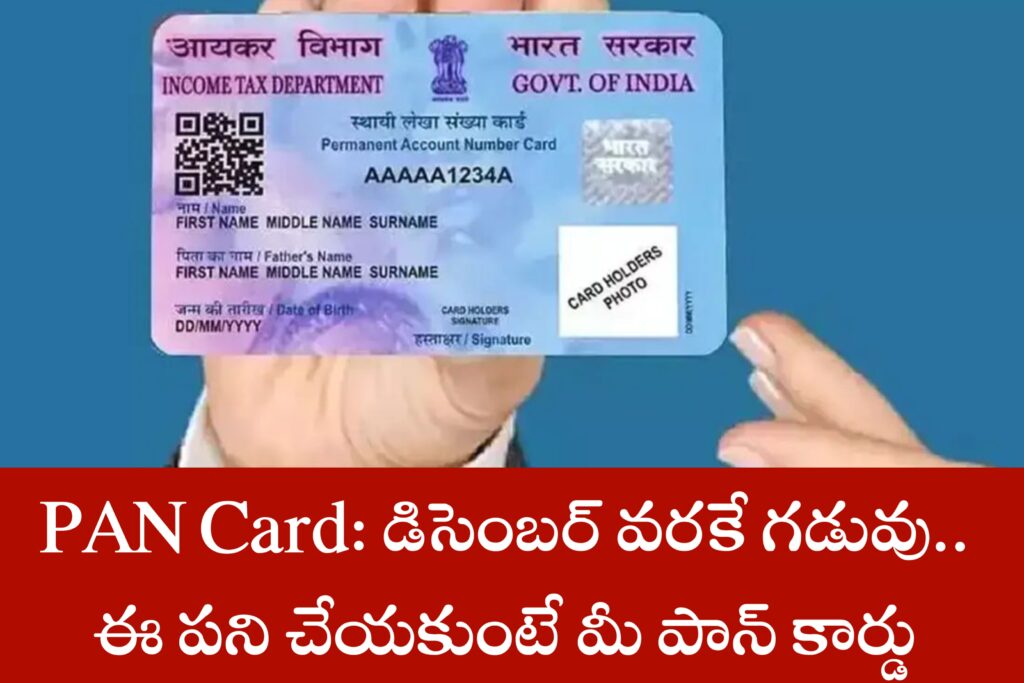In India, both private and public sector banks charge customers for various services, such as minimum balance fees and SMS charges. Recently, the government shared information about these charges in the Rajya Sabha.
Collecting Huge Amounts
The combined fees collected by private and public sector banks are staggering, totaling around 35 thousand crore rupees. This substantial sum has been acquired through a range of charges imposed on customers.
Charges Incurred
These charges are not limited to public sector banks; major private sector banks are also part of this practice. Customers are charged for things like not maintaining the required minimum balance, exceeding the free ATM transaction limit, availing SMS services, and conducting other transactions. These fees have contributed significantly to the banks’ earnings.
Breakdown of Earnings
Specifically, the charges for not maintaining the minimum balance in bank accounts resulted in a collection of about 21 thousand crore rupees across different banks. Additionally, banks earned around 8 thousand crore rupees from ATM transaction charges and 6 thousand crore rupees from SMS service fees.
Multiple Revenue Streams
Banks have found various ways to generate revenue through these charges. They impose fees for services like not maintaining the minimum balance, exceeding free ATM transactions, using SMS services, and making transactions at non-home branches. The minimum balance required varies based on the location – around Rs. 5,000 to Rs. 10,000 in metro cities, Rs. 3,000 to Rs. 5,000 in urban areas, and Rs. 500 to Rs. 1,000 in rural regions.
In conclusion, the banking sector in India generates substantial income through fees imposed on customers for various services. Whether it’s not keeping the minimum balance, exceeding free transactions, or availing additional services, customers often find themselves contributing significant amounts to the banks’ revenue stream.







